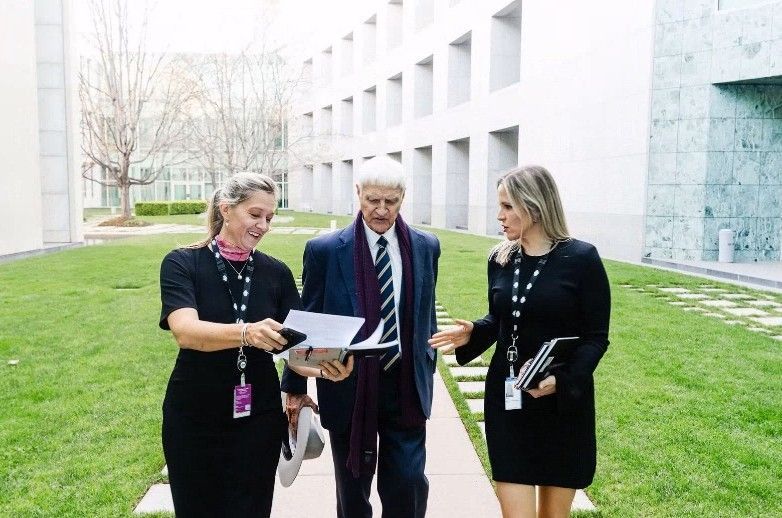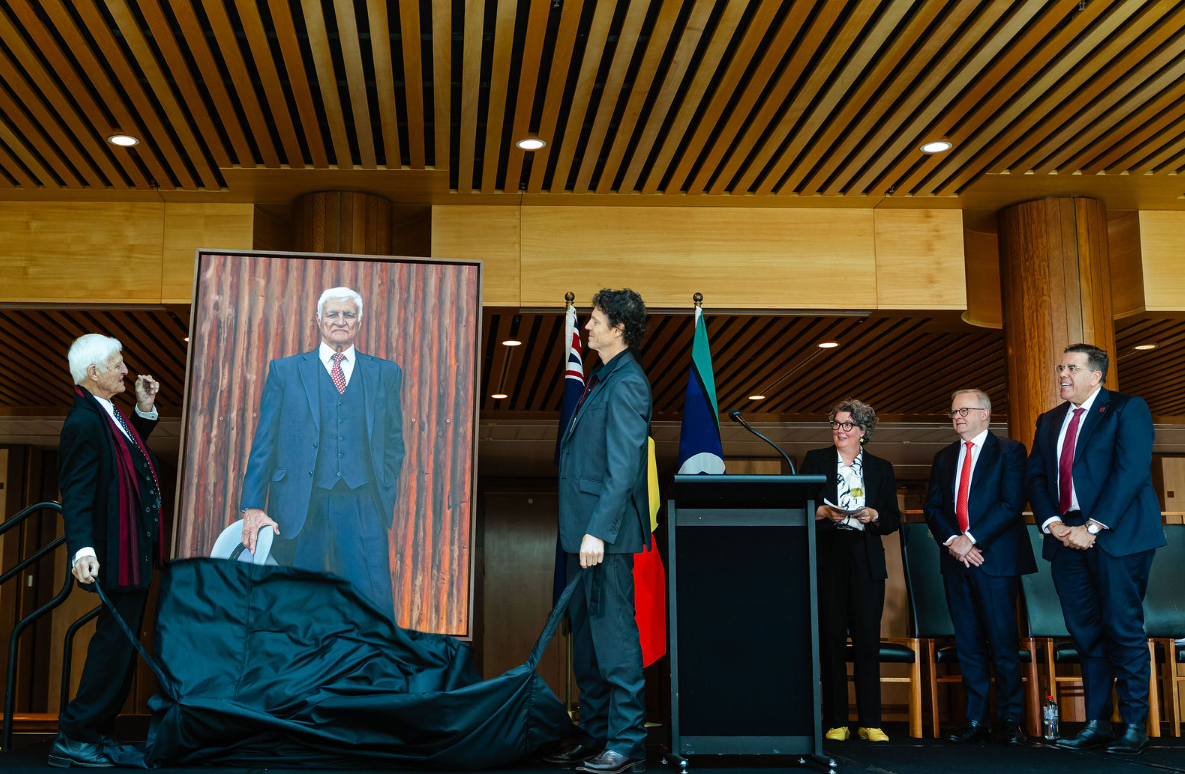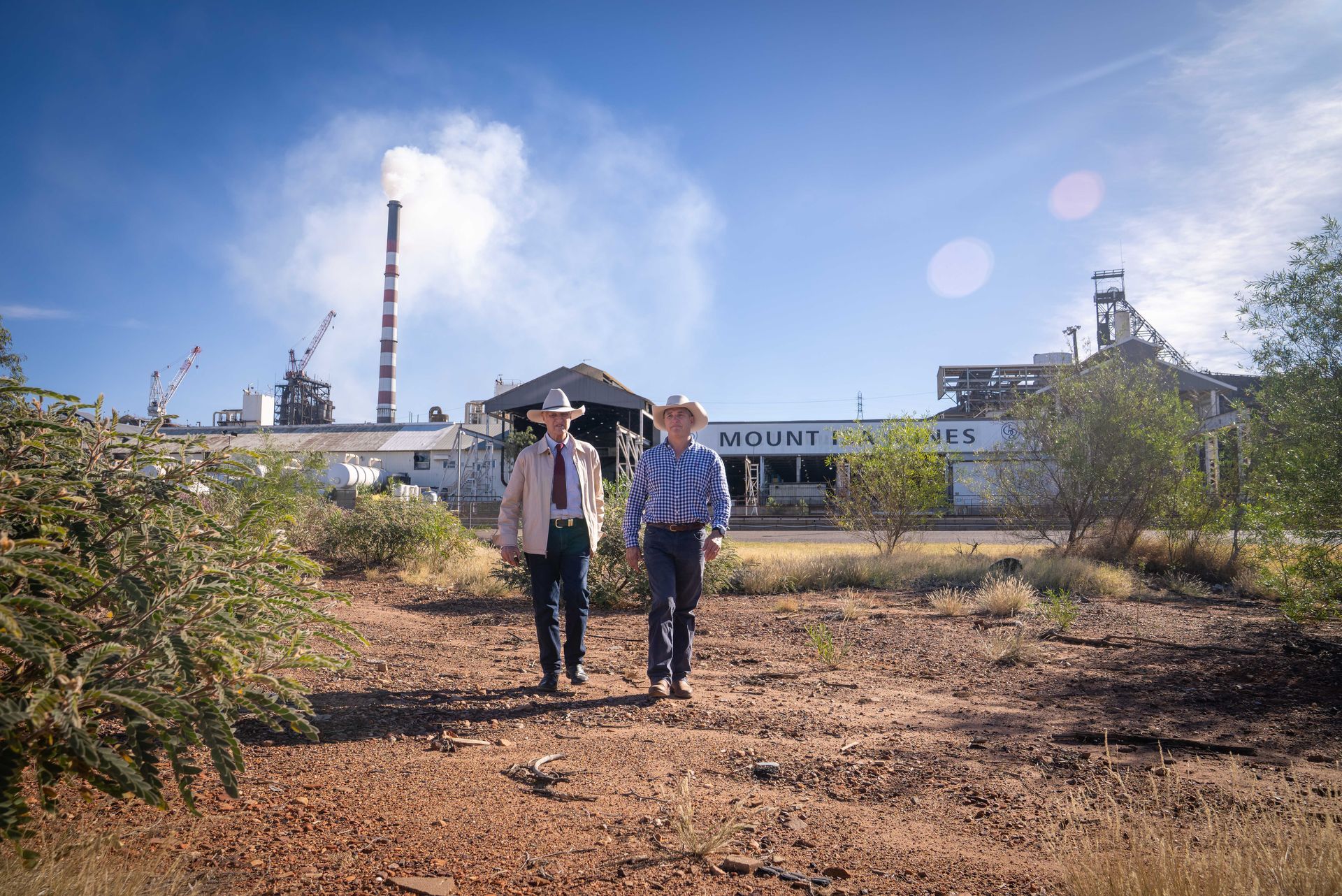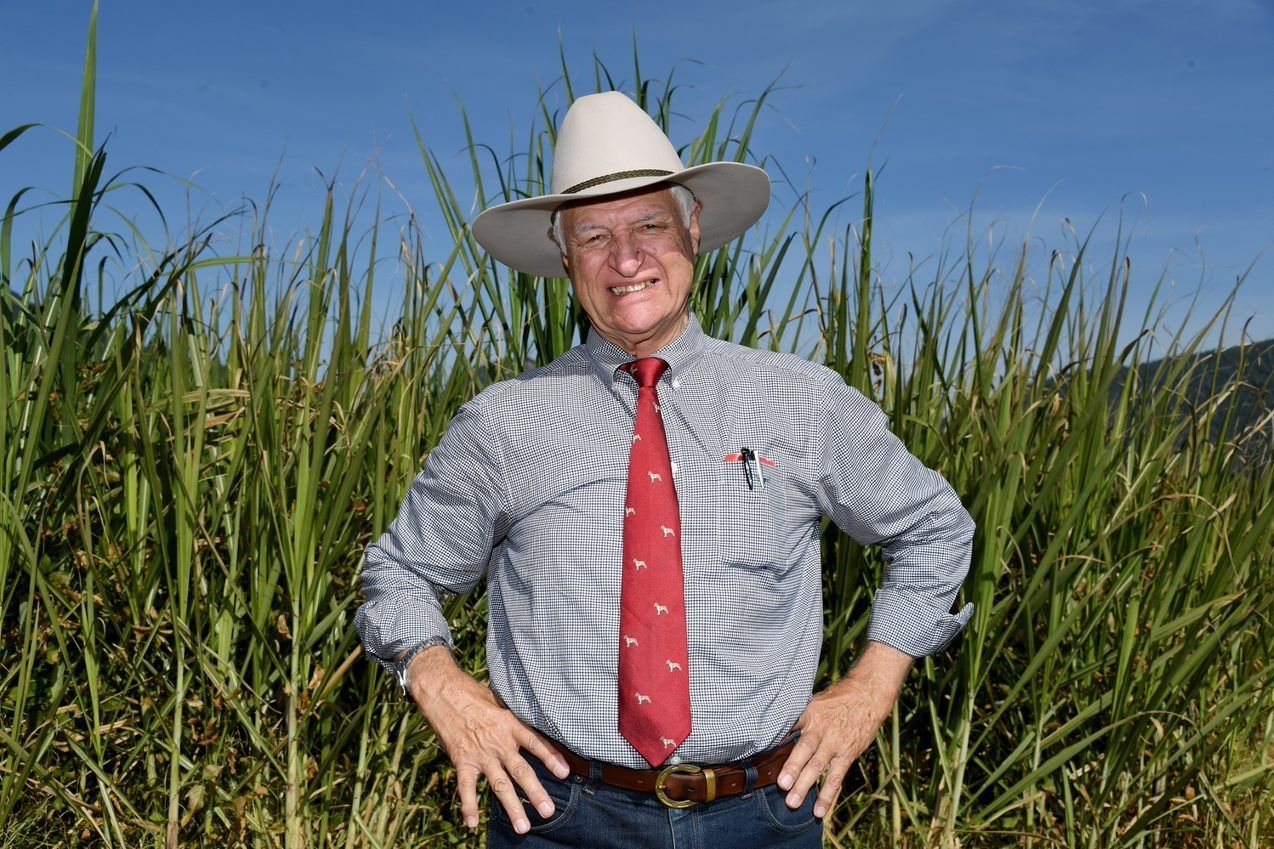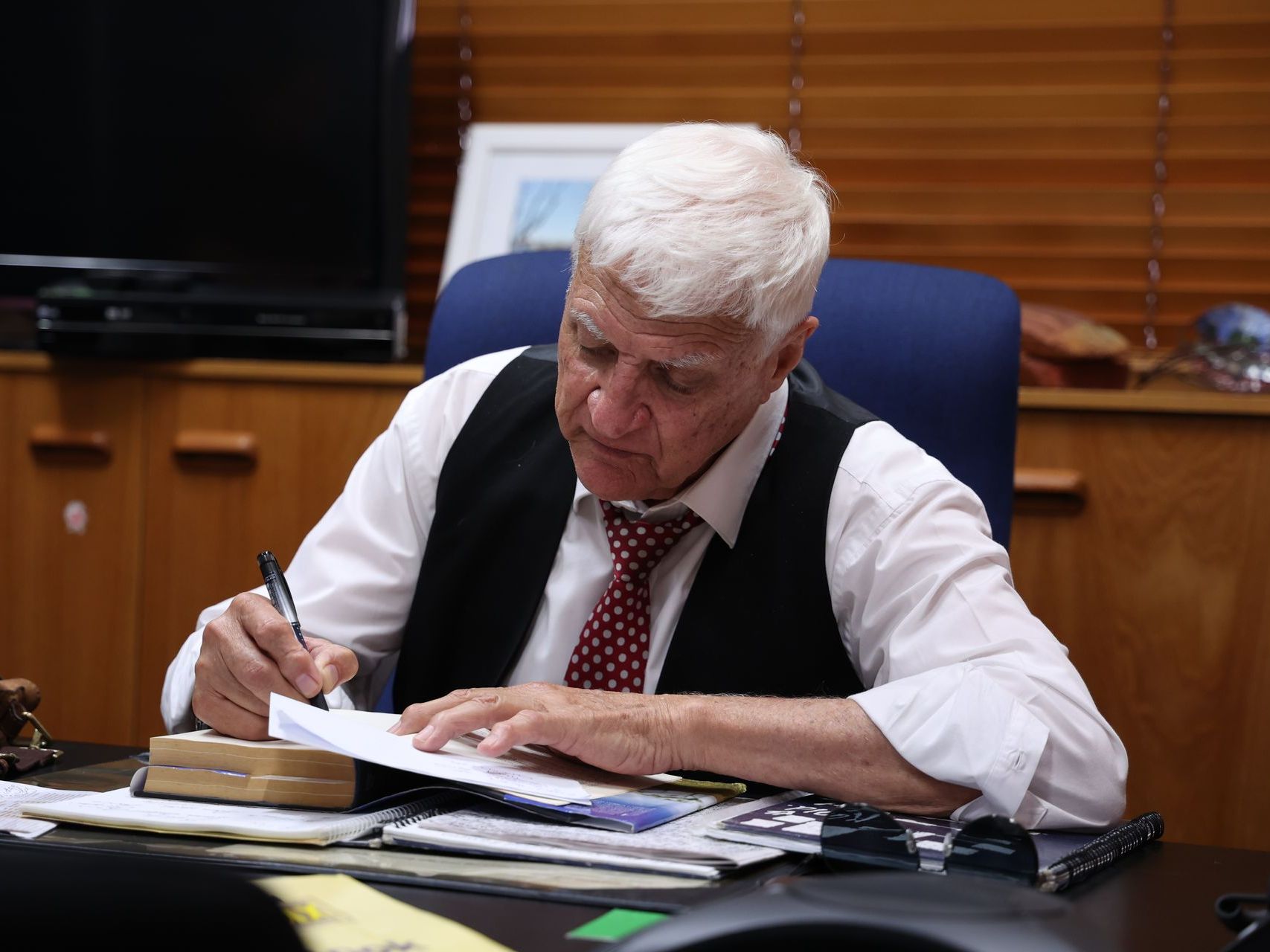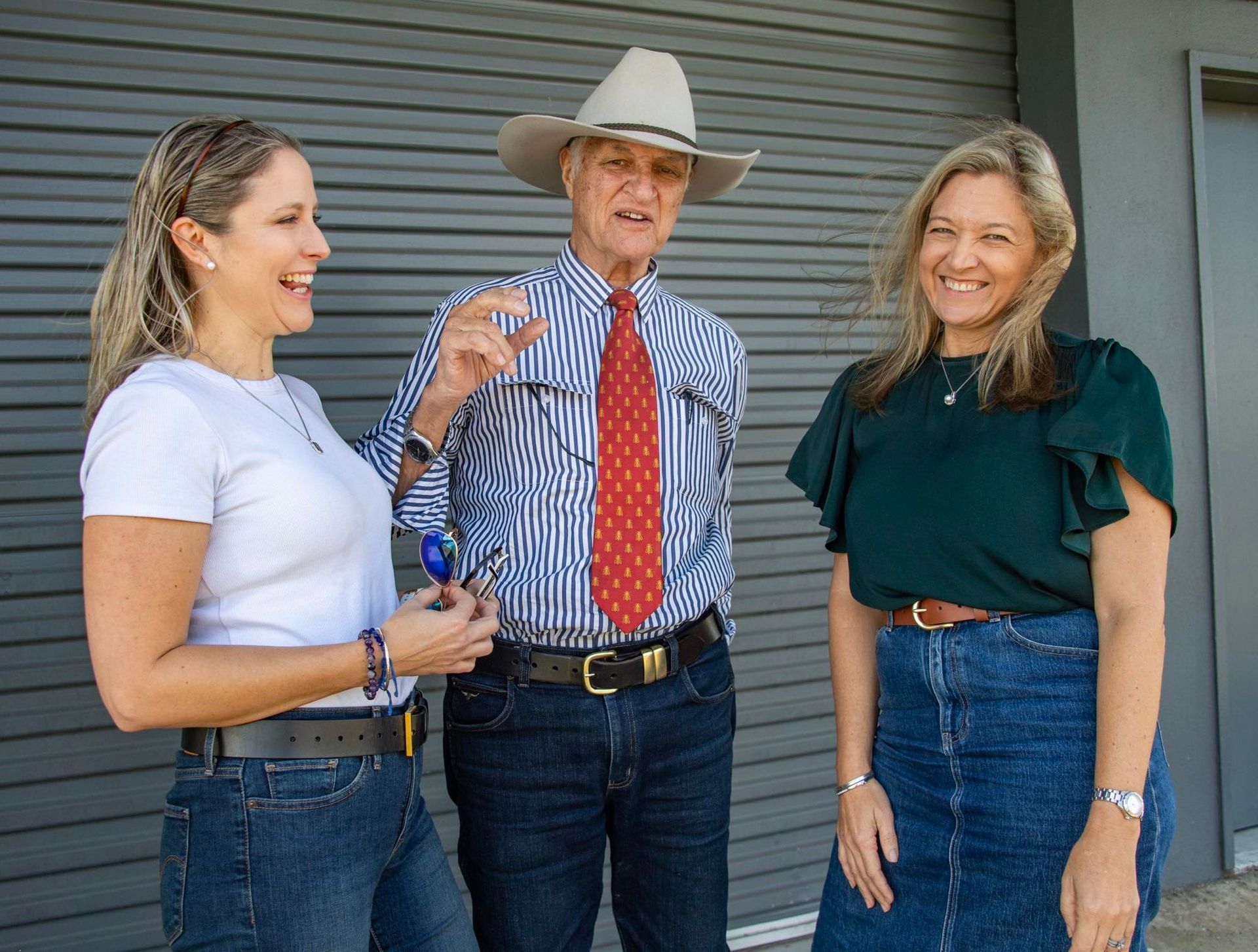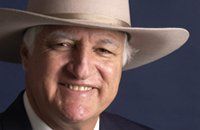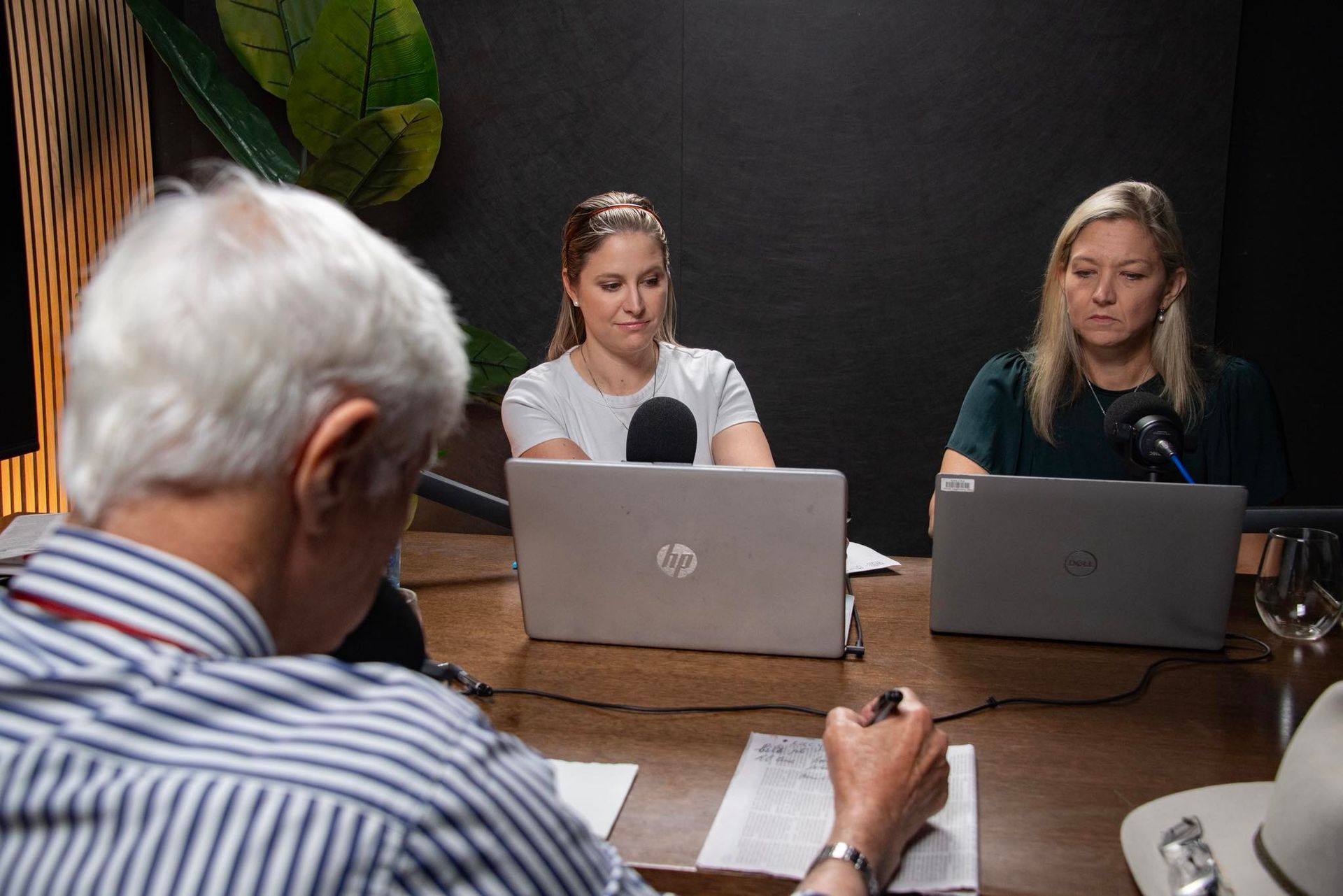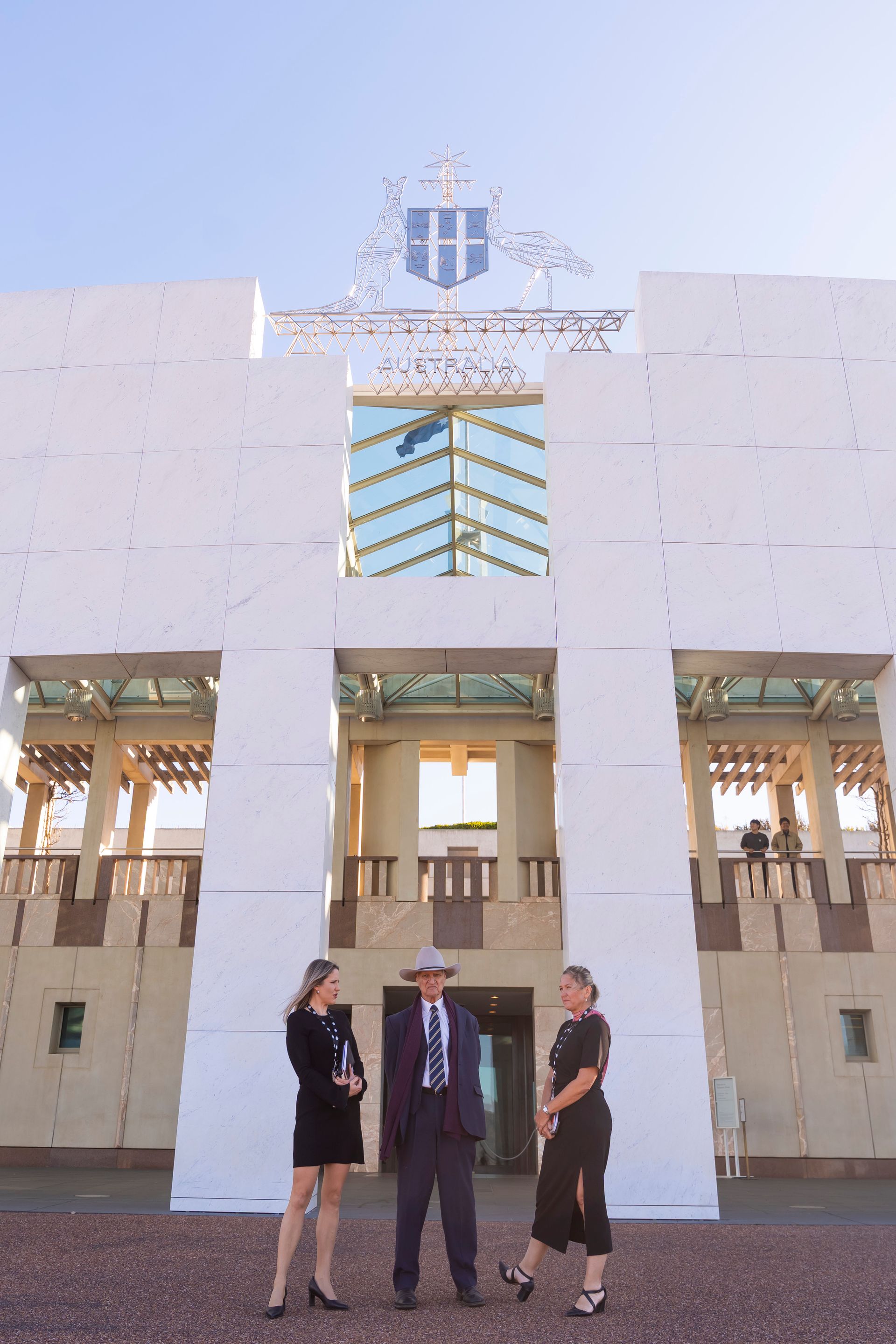Tablelands wind farm rejection: Final public plea to Fed Environment Minister
MORE than 1000 submissions opposing a Tablelands wind farm were submitted earlier this month as Kennedy MP Bob Katter joined passionate community voices in pleading with the Federal Environment Minister to block the development.
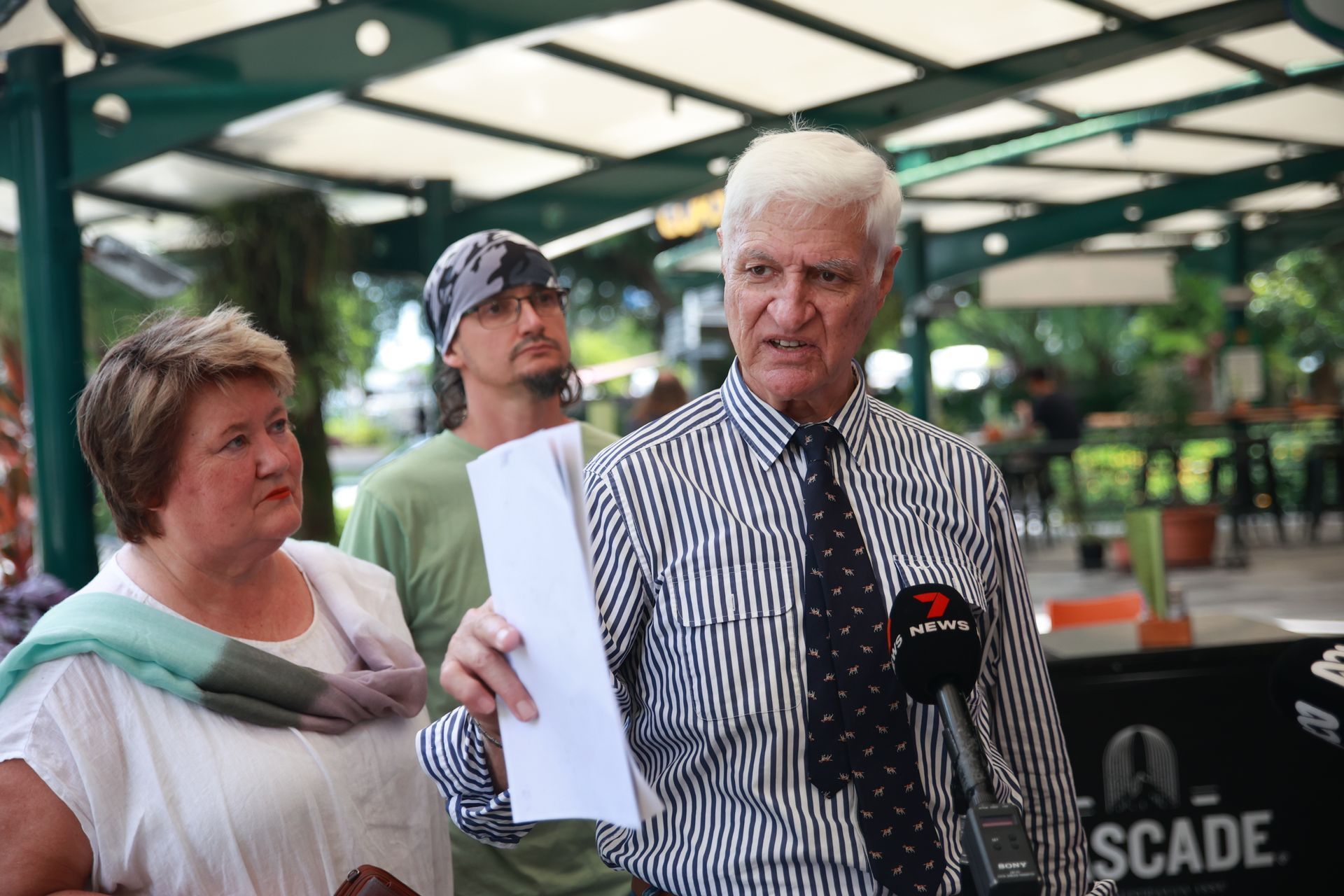
Mr Katter joined Tablelands adjunct professor and conservationist Tim Nevard, Rainforest Reserves Australia president Carolyn Emms and Stop Chalumbin Wind Farm’s Matt Lachlan in calling on Federal Environment Minister Tanya Plibersek to turn down the proposed 86-turbine wind farm near Ravenshoe.
Mr Lachlan said there was ample land throughout North Queensland for wind farms, and there was “no justification for using high biodiversity areas for this development.”
“If this development is approved, it will result in the destruction of habitat critical to the survival of endangered species being destroyed. Magnificent Brood Frogs, just to mention, may not survive, koalas another,” he said.
Professor Nevard also argued the Chalumbin site was not suitable for a wind farm and spoke of the long-term cumulative effects of such a development.
“The cumulative impacts of clearing high-altitude, potential refugia habitat, in addition to the massive high-altitude clearing already undertaken for the adjacent recently approved Kaban wind infrastructure project, would be significant for both common and endangered species,” professor Nevard said.
“These include Koalas, Greater Gliders and Magnificent Brood Frogs, but for the Red Goshawk severe and regional extinction would be a real possibility for one of Australia’s rarest birds.
“Biodiversity is the ‘buffer at the end of the tracks’ for global climate change. When there is a plethora of alternative low-biodiversity locations for renewable energy infrastructure, sites of intrinsic high biodiversity, such as Chalumbin and others on the Atherton Tablelands, must not be considered appropriate for development.”
Ms Emms further spoke about the environmental impacts of the wind farm and said the proponent “had no social licence” for the project.
“Chalumbin will be left with about 1 million tonnes of concrete that will stay in situ. The wind turbine blades may need to be replaced in nine to 15 years time,” she said.
“The proposed Chalumbin wind farm faces widespread community opposition. Most of the Atherton Tablelands community does not want it to go ahead. The local community is concerned and distressed at the prospect of its beloved landscapes becoming the site of an industrial wind development.”
Mr Katter pointed out his office had been advised that on October 31 last year, the AEMO updated the Kaban wind farm closure date from 2048 to 2043, reducing the total operational period to 20 years.
“All that destruction, for what, 20 years of intermittent power,” Mr Katter said.
“What is happening here is our nature wonderland is being turned into an industrial wasteland.
“But to expose the ground on top of the Great Dividing Range, to the elements and their massive erosion, cyclonic monsoons, and to put those windmills right beside one of the very last remnants of serious high-elevation jungle in the world... birds can't fly east - it's ocean, so they go west straight into the windmill blades.
“While I’m normally fighting Greenies on getting development, this is not development.”
Mr Katter said “there would further developments” and strategies in opposing the wind farm to push for its rejection.
Mr Katter’s office has been advised the Federal Environment Minister is expected to make her decision in “the next couple of months.”
